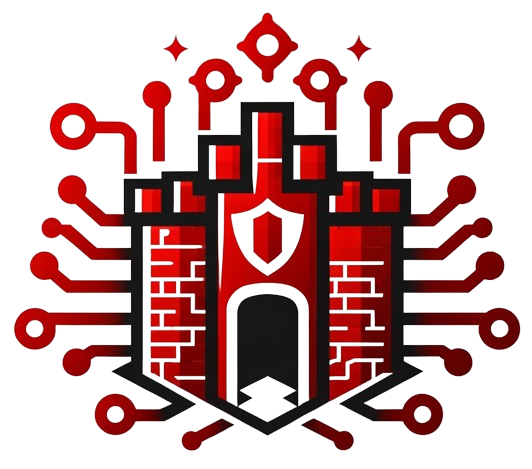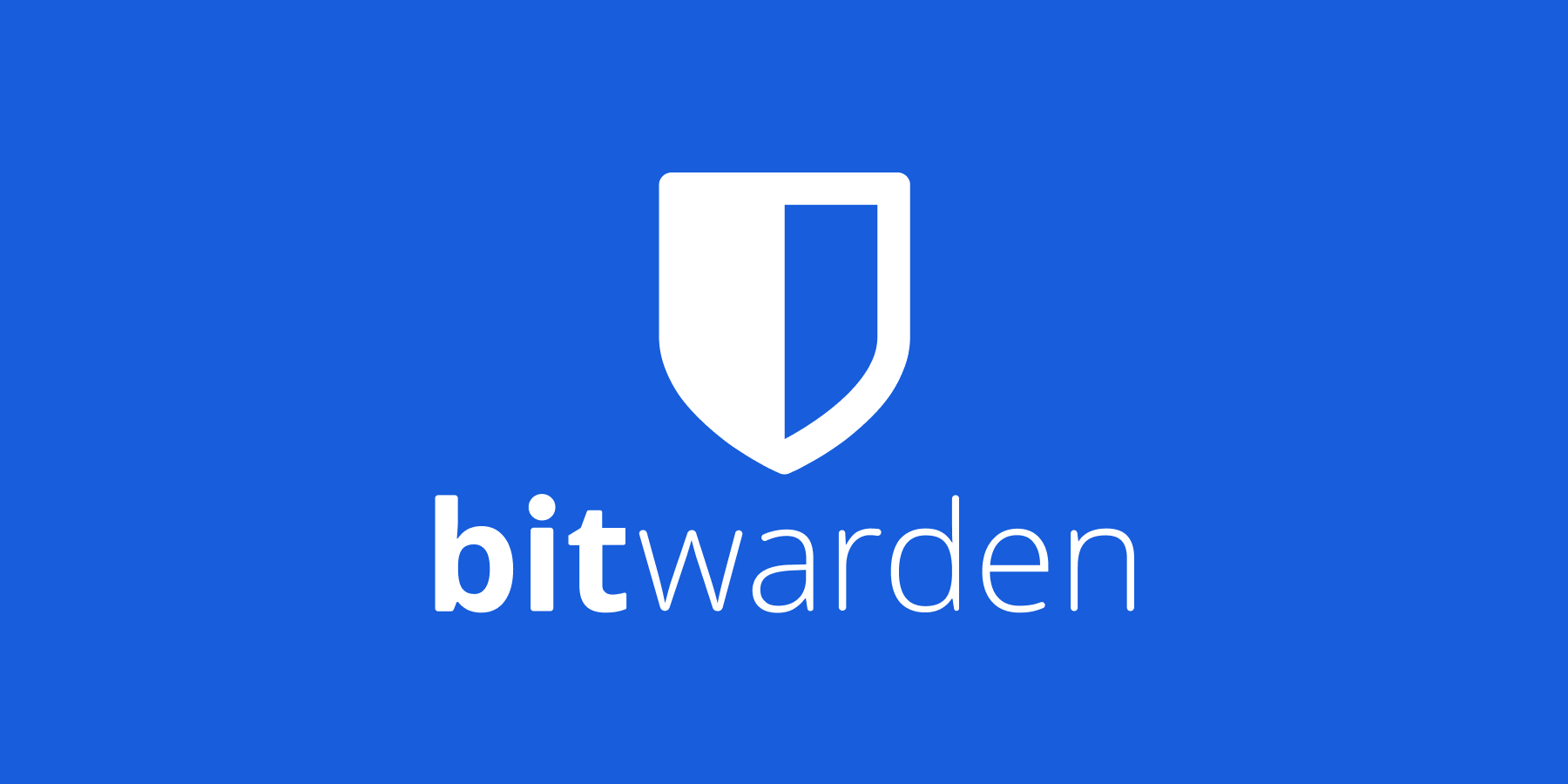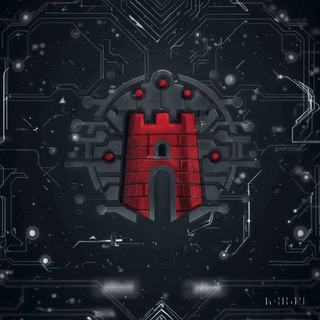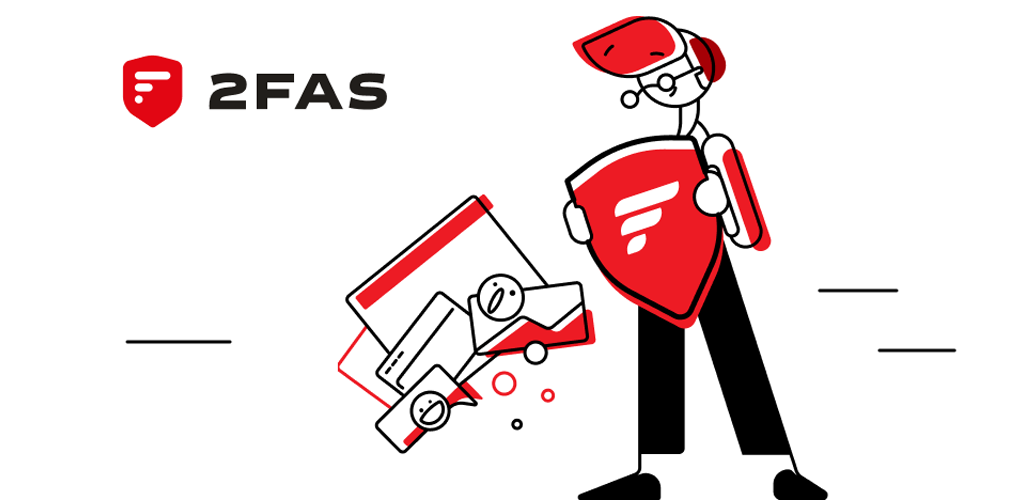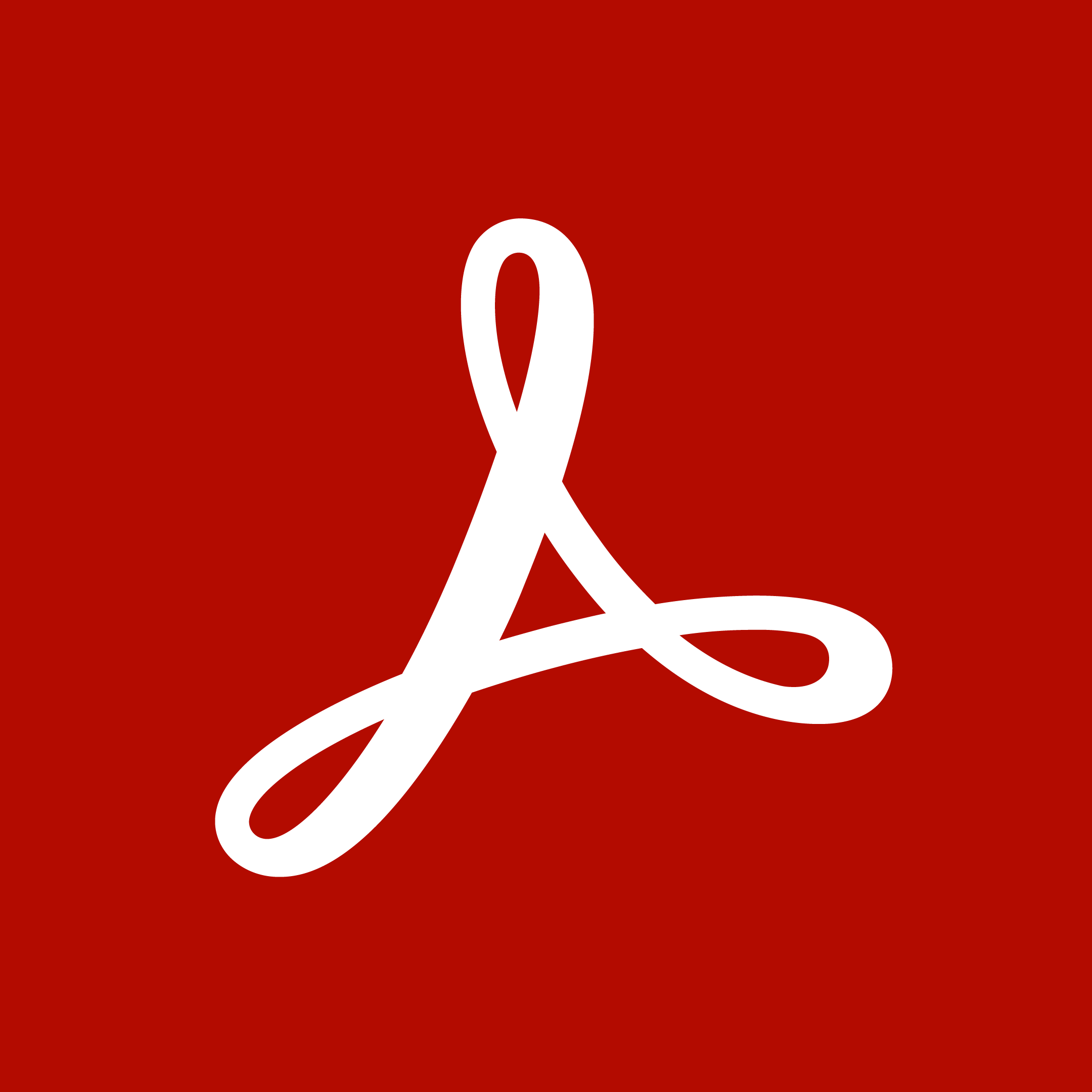Bitwarden: A Cross-Platform, Zero-Knowledge Password Manager
A password manager shouldn’t just store your credentials—it should protect them with state-of-the-art encryption and a robust, verifiable security architecture. Bitwarden addresses this need with an open-source, zero-knowledge approach, giving individuals and organizations the freedom to self-host or rely on Bitwarden’s cloud. In this review, we’ll explore Bitwarden’s technical foundations, target users, real-world use cases, color-coded pros & cons, and how to get started—all from the MyDigitalFortress perspective of transparency, security, and empowerment.
1. What Is It?
Bitwarden is a password management platform that stores your credentials in an end-to-end encrypted vault, accessible via desktop apps, mobile apps, browser extensions, or a web interface. Unlike many proprietary solutions, Bitwarden’s core code is open-source, meaning users and third-party auditors can verify its security model.
Which Problem Does It Solve? People need a secure yet convenient way to store and share passwords, keys, and private notes, without handing over control to black-box cloud services. Bitwarden empowers you to sync across devices, either by hosting your own server or leveraging Bitwarden’s official infrastructure—fulfilling MyDigitalFortress’s emphasis on choice and data sovereignty.
2. Technical Foundations
Zero-Knowledge Architecture
Bitwarden is designed so that all encryption and decryption happens client-side. Your master password is never sent to the server, ensuring Bitwarden’s operators (or cloud) cannot read your vault. Data is encrypted using AES-256 , with the key derived by either PBKDF2-SHA256 or Argon2 (user-configurable).
Self-Hosting & Cloud Options
By default, Bitwarden offers a cloud-based vault on their official servers, but users can also self-host using Docker containers. This approach resonates with MyDigitalFortress’s principle of minimizing external trust, since it keeps encryption keys and storage fully under your domain (e.g., private servers, an internal network, or a home lab).
Cross-Platform Consistency
Bitwarden provides apps for Windows, macOS, Linux, iOS, Android, and nearly all major browsers (Chrome, Firefox, Safari, Edge). The system syncs changes in near-real-time, enabling seamless access to credentials across multiple devices. Official documentation covers everything from CLI usage to enterprise provisioning.

3. Who Is It For?
Bitwarden targets a broad audience, from solo home users (via a generous free plan) to enterprise teams seeking shared vault collections and security policies . It excels if:
- You want cross-platform sync: Official apps & extensions for nearly every OS/browser.
- You value open-source verification: Community trust & independent security audits.
- You need enterprise collaboration: Teams can share folders and items securely, complete with role-based access control.
- You consider self-hosting: Docker-based on-premise installation ensures data sovereignty.
Bitwarden does serve novices well (easy onboarding), but also includes advanced configurations (like using Argon2 or 2FA for the server itself), aligning with MyDigitalFortress’s principle of scaling to your needs.
4. Use Cases & Real-World Examples
- Personal Multi-Device Sync: A single user leverages Bitwarden’s free plan to keep desktop and mobile vaults updated, with autofill in browsers or system-wide auto-fill in iOS/Android.
- Family Plan for Shared Streaming Accounts: Parents and kids share logins for Netflix, Disney+, or the home Wi-Fi in a single “Family Organization,” enabling Collections accessible to all designated members.
- Enterprise with Self-Hosting & SSO: A company chooses to deploy Bitwarden on-prem with Docker, integrating Single Sign-On (SSO) for employees. Admins manage user onboarding and enforce security policies like forced 2FA or restricted IP ranges.
5. Pros & Cons
Pros
- Open-Source & Audited: Code publicly available on GitHub, regularly audited by third parties.
- Flexible Hosting: Use Bitwarden’s cloud or self-host to retain control.
- Cross-Platform Harmony: Desktop, mobile, browser extensions, CLI—syncing across all major environments.
- Team-Friendly Features: Shared vault items, event logs, role-based permissions, policy enforcement.
Cons
- Premium for Some Features: TOTP generation and advanced Vault Health Reports require a subscription.
- Self-Hosting Complexity: Docker-based installs are relatively straightforward, but still demand server know-how.
- Limited Offline Access: Desktop apps cache data locally, but fully offline workflows may require manual exports.
- Mobile App Ecosystem Variation: While official apps exist, certain advanced features might be missing on older devices.
6. Getting Started
Ready to step into Bitwarden? Follow these steps:
- Create an Account or Self-Host: Sign up at Bitwarden Cloud or consult the Self-Hosting guide to run your own server using Docker.
- Install Apps & Extensions: Download the desktop or mobile apps , or add the browser extension . Log in using your master password.
- Configure Security Settings: Enable two-factor authentication , choose PBKDF2 or Argon2 for key derivation, and consider storing encrypted attachments for extra security.
- Import or Add Credentials: If migrating from another manager, follow the official import process . Otherwise, enter logins manually or let the auto-capture feature create entries as you browse.
- Explore Premium & Organizations: For TOTP generation, family sharing, or enterprise-level collaboration, upgrade to unlock advanced features.
7. Conclusion & Next Steps
By blending open-source verification with a user-centric, zero-knowledge architecture, Bitwarden stands out in the crowded password management space. It meets you where you are: a free, cloud-based vault for casual users, or a fully self-hosted deployment with advanced enterprise features.
Next steps? If you prefer the convenience of a cloud vault, rest easy knowing client-side encryption and robust security settings protect your data. If you want ultimate autonomy, Dockerize your instance. Either way, Bitwarden aligns with MyDigitalFortress’s commitment to empowering users via open, transparent, and secure solutions.
